Description
Main Brand:
ABB Allen-Bradley Alstom Bently Emerson Foxboro
GE Schneider MOOG HIMA Woodward Honeywell
First hand source, affordable price. Spot inventory!
•Shipping Port: Xiamen
•Ship to you via Fedex/DHL/TNT/UPS/EMS
•Package: Original packing with cartons

Our Main Brands
DCS/PLC/TSI Manufacturers:
ABB, GE, Allen Bradley, Honeywell, Emerson, Bently Nevada, Prosoft, Siemens, Westinghouse, Triconex, Foxboro, ICS Triplex, Hima, Schneider, Yokogawa, Woodward, B&R, KEBA, etc.
Product Categories & Models
1. Distributed Control System (DCS)
- ABB:3AUA0000110429, SYSCON2 746924
- Invensys Foxboro:FBM214, FBM242, B0123HE
- Invensys Triconex:3625, 3700A, 3604E
- Woodward:5462-758B
- HIMA:F2-DO-16-02, F8650E
- Yokogawa:SAI143-S03 S1, F9342L-02
- Honeywell:51402497-200, 51403519-160, 51199194-100, CC-PDO801
- Emerson:KJ4001X1-NB1, 12P3368X012
2. Programmable Logic Controller (PLC)
- Rockwell/Allen Bradley:1734-IB8, 1734-OB8, 1769-L18ER-BB1B, 1756-IM16I
- ICS Triplex:T8461, T8850, T8403, T8431, T8831, T8310
- Schneider Modicon:140DDI85300
- GE Fanuc:IS210AEPSG2B, IS220UCSAH1A, IS215ACLEH1A, IS210AEAAH1B
- Siemens:6ES7331-1KF02-0AB0
- Prosoft:MVI46-DFNT
- Bachmann:MPC240
- Woodhead:9905-068 2301A
3. Turbine Supervisory Instrumentation (TSI)
- Bently Nevada:3500/22M, 138607-01, 3500/25, 3500/53, 3500/32M 149986-02
- EPRO:MMS6110, MMS6120, MMS6220, MMS6312, MMS6410, 6423, 6424
- ENTEK:EK C6622HS, XM124, 1440-SDM02-01RA
Company Profile:
Xingchuang Ronghe (Fuzhou) Electrical Equipment Co., Ltd. is a professional company specializing in international trade. We have rich industry experience and extensive customer resources, and can provide personalized trade solutions for customers.
Our advantages are mainly reflected in the following aspects:
- Product diversification: We represent a wide range of products that can meet the needs of different customers.
- Service specialization: We have a professional team that can provide customers with comprehensive services.
- Diversified channels: We have established long-term and stable cooperative relationships with multiple domestic and foreign enterprises, and can provide customers with various trade channels.
- Price advantage: By optimizing the supply chain and reducing costs, we are able to provide customers with competitive prices.
GE Company Introduction
General Electric Company (GE) is a renowned multinational conglomerate with diversified businesses spanning energy, aviation, healthcare, renewable energy, and digital industries. Below are its key details:
1. Company Overview
- Founded: 1892 (merger of Edison Electric Light Company and Thomson-Houston Electric Company)
- Headquarters: Boston, Massachusetts, USA
- Founders: Thomas Edison (technical pioneer), Charles Coffin (business integrator)
- Current CEO: Larry Culp (since 2018)
- Market Cap: ~$120 billion (2023 data, adjusted after spin-offs)
2. Core Business Segments
After strategic restructuring, GE now focuses on three main sectors:
- Aviation (GE Aerospace)
A global leader in aircraft engines and systems, including CFM International’s (joint venture with Safran) LEAP engines. - Healthcare (GE HealthCare)
Spun off in 2023, specializing in medical imaging, ultrasound, and life care equipment (e.g., CT, MRI machines). - Energy Transition (GE Vernova)
Launched in 2024, combining renewable energy (wind, hydro), gas power, and grid solutions.
3. Historical Milestones
- Early 1900s: Pioneered electrification, inventing the first commercial incandescent lamp and X-ray machine.
- 1970s: Entered aviation with the GE90 jet engine.
- Post-2008: Restructured after the financial crisis, divesting GE Capital.
- 2015-2020: Pushed digital transformation with the Predix industrial IoT platform.
- 2020s: Spun off non-core assets (e.g., appliances, biopharma) to focus on advanced manufacturing.
4. Presence in China
Since 1906, GE has contributed to projects like the Three Gorges Dam and COMAC C919, with multiple R&D and manufacturing sites (e.g., Beijing, Shanghai, Wuxi).
5. Recent Developments (2023-2024)
- Completed spin-offs of GE HealthCare and GE Vernova, leaving GE Aerospace as the remaining public entity.
- Accelerated sustainable tech R&D, including hydrogen-powered turbines and hybrid-electric aircraft engines.
6. Corporate Culture & Legacy
- Slogan: “Imagination at Work”
- Achievements: Holds numerous Nobel-level innovations and consistently ranks in the Fortune Global 500.
Through continuous transformation, GE aims to lead in low-carbon and high-tech industrial solutions.
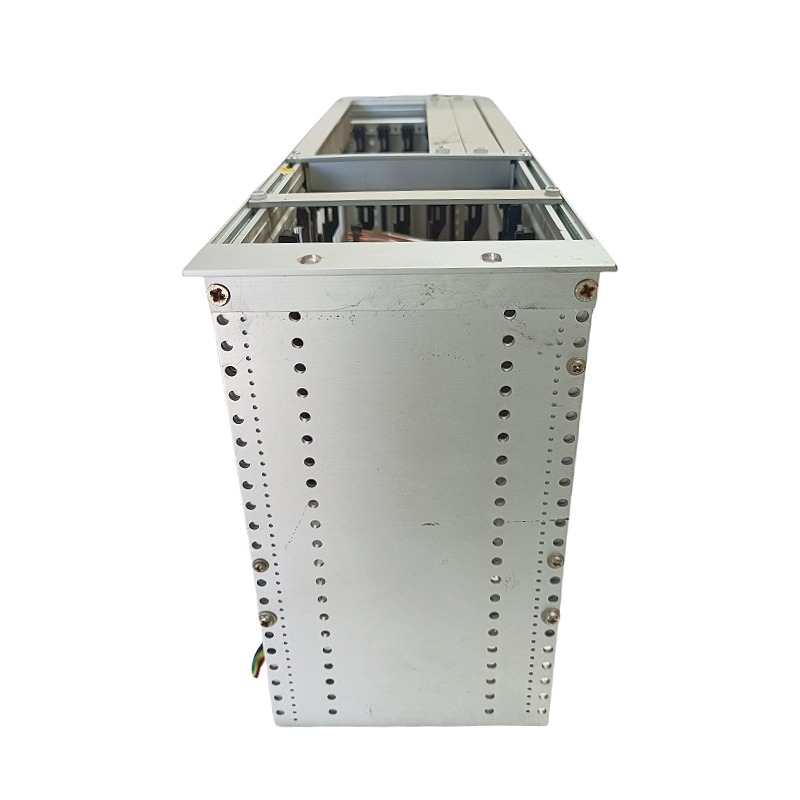
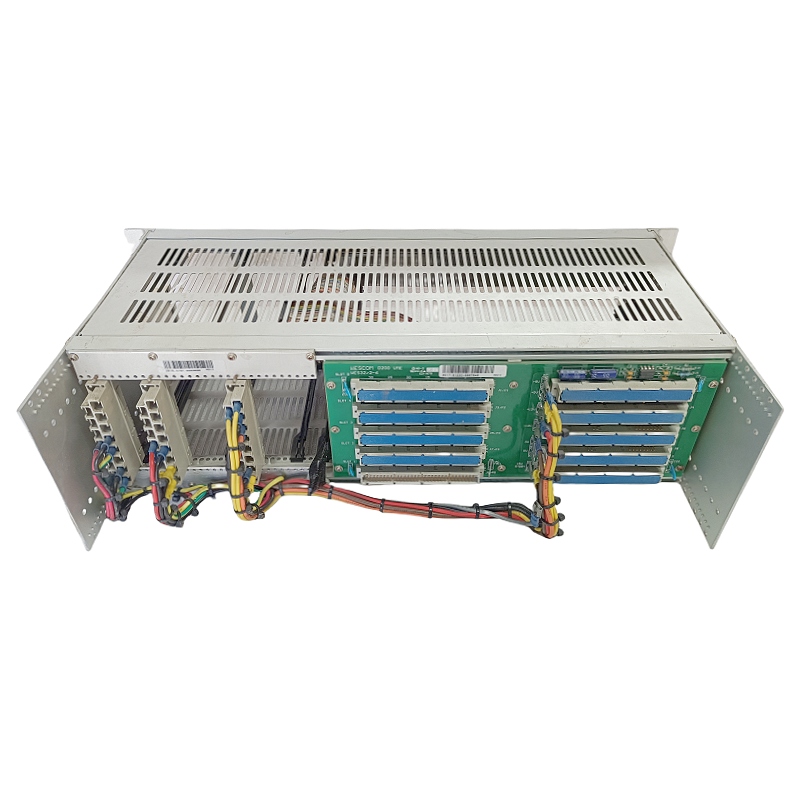
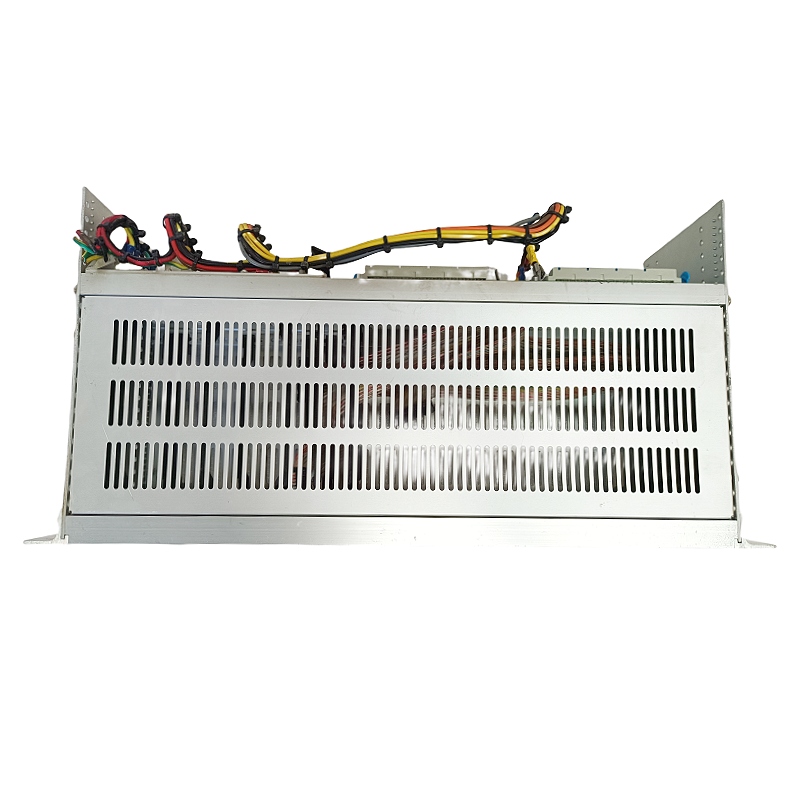


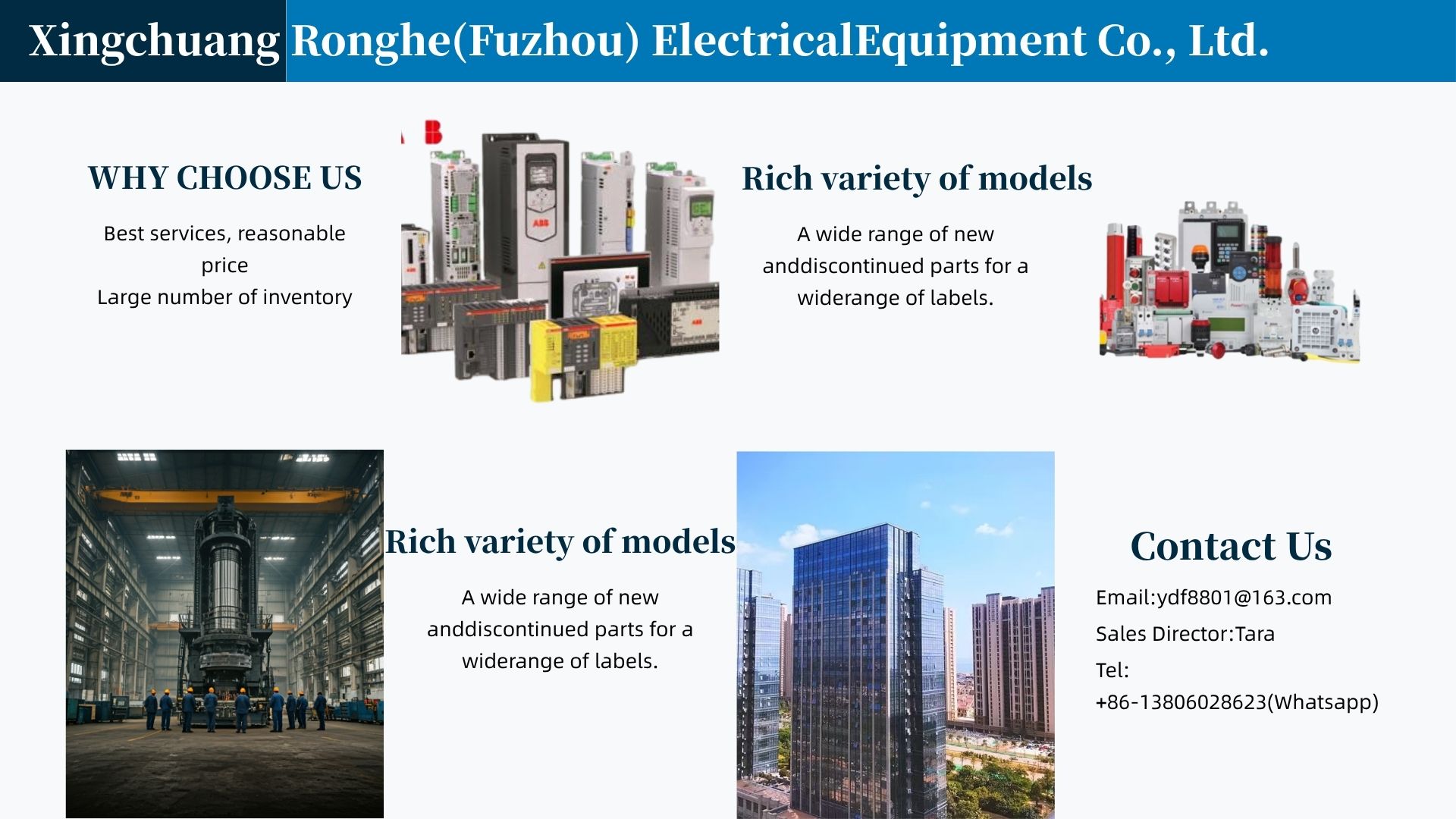

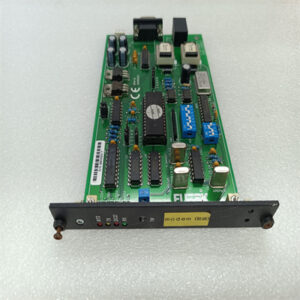
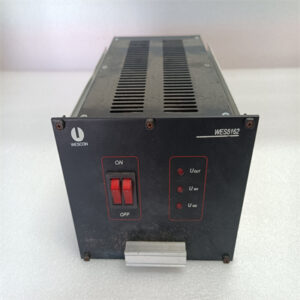
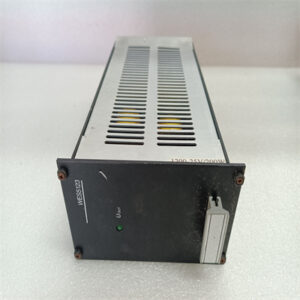
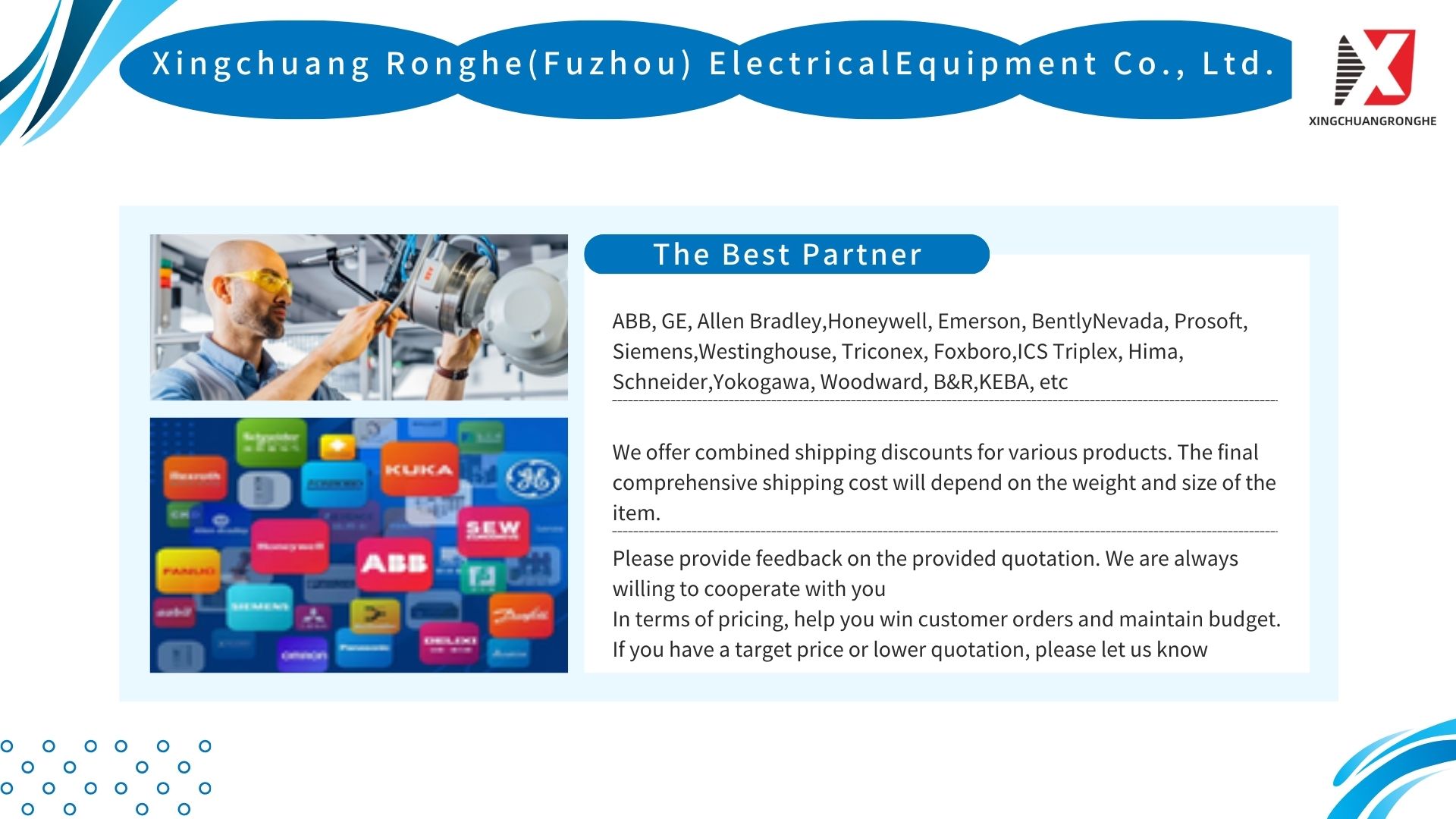
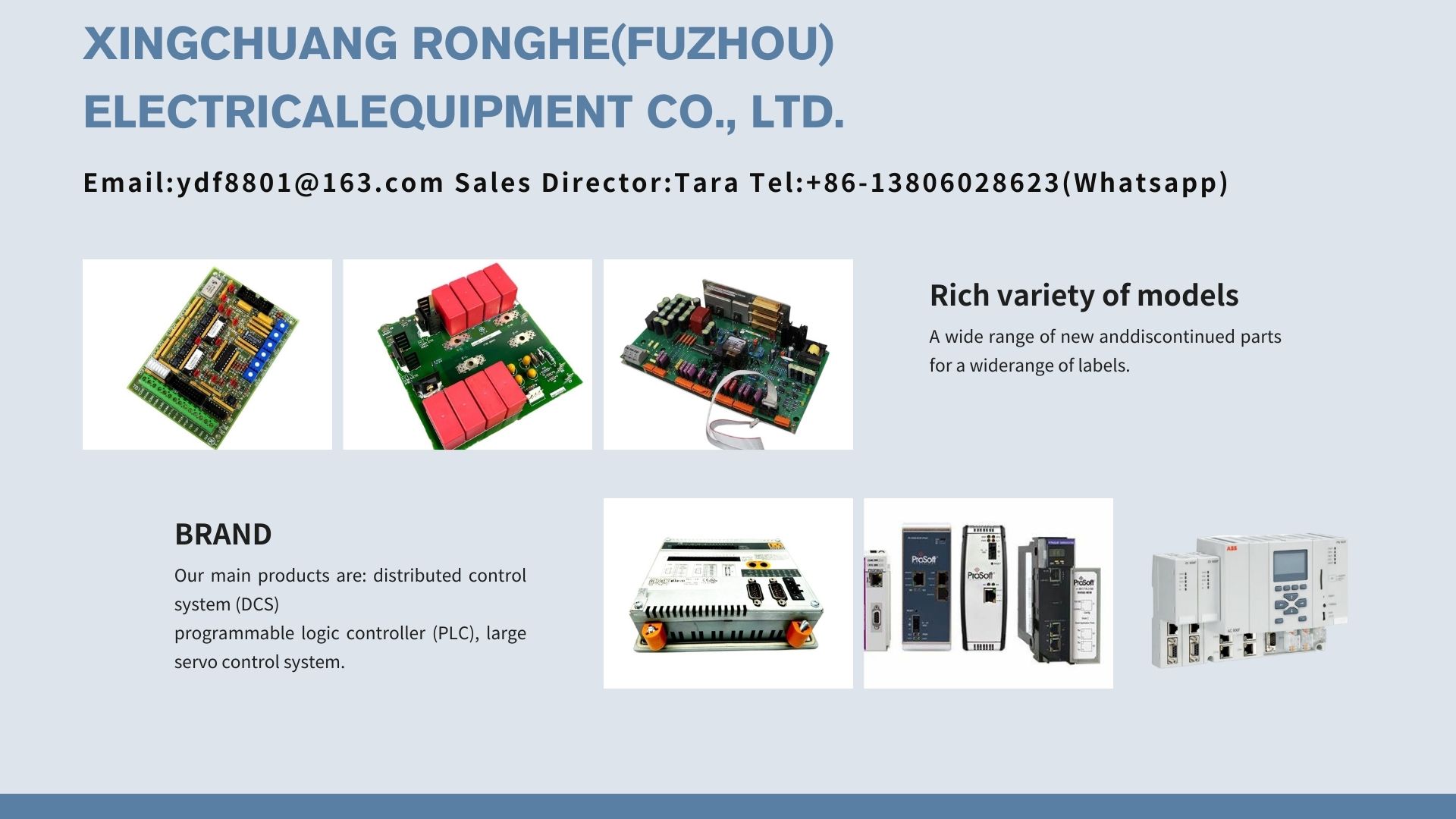
Reviews
There are no reviews yet.